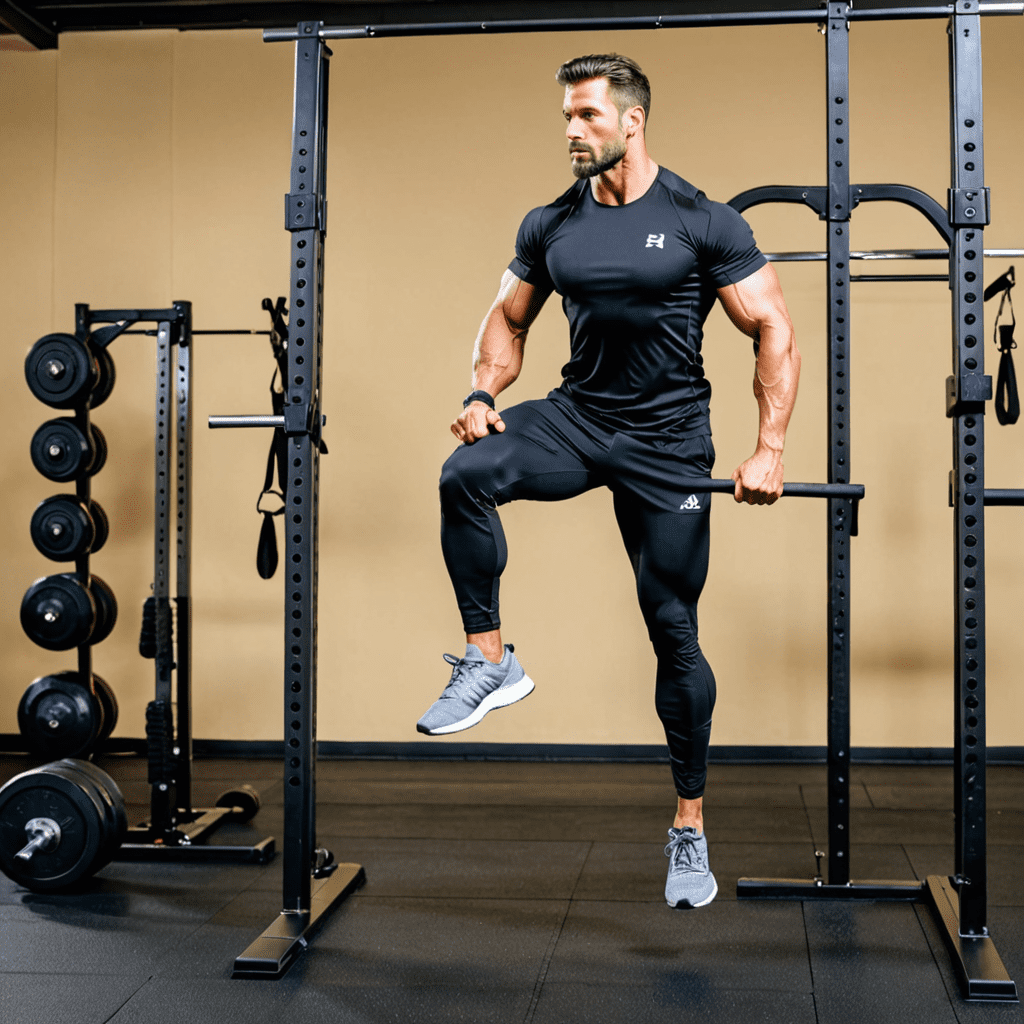6. Improved Social Skills
Partner workouts for children foster social interaction and communication. They learn to work together, compromise, and take turns. This improves their ability to build relationships and cooperate with others. Children also develop self-confidence and self-esteem as they witness their own progress and accomplishments.
7. Enhanced Cognitive Function
Physical activity has been shown to improve cognitive function, including memory, attention, and problem-solving skills. Partner workouts for children provide an additional cognitive challenge as they have to coordinate their movements with their partner. This helps to develop their spatial awareness, decision-making abilities, and critical thinking skills.
8. Reduced Risk of Obesity and Chronic Diseases
Childhood obesity is a growing problem that can lead to a range of chronic diseases later in life. Partner workouts for children can help to maintain a healthy weight and reduce the risk of these diseases. Physical activity helps to burn calories and increase metabolism, while also building muscle and strength.
9. Increased Enjoyment of Physical Activity
Many children find traditional exercise routines boring and repetitive. Partner workouts provide a more engaging and enjoyable way to stay active. They can participate in fun games and activities while still getting a great workout. This makes it more likely that children will continue to exercise regularly, even into adulthood.
10. Long-Term Benefits
The benefits of partner workouts for children extend beyond childhood. They can help to establish healthy habits and set the stage for a lifetime of physical activity. Children who participate in partner workouts are more likely to be active adults who lead healthy and productive lives.
FAQ
What are some tips for successful partner workouts for children?
- Choose activities that are appropriate for the age and ability level of the children.
- Make sure the children are well-matched in terms of size and strength.
- Encourage the children to cooperate and support each other.
- Provide positive reinforcement and praise for their effort and progress.
How often should children participate in partner workouts?
Children should participate in partner workouts at least twice a week for 30 minutes each session.
What are some examples of partner workouts for children?
- Partner squats
- Partner push-ups
- Partner sit-ups
- Partner running
- Partner jumping jacks

